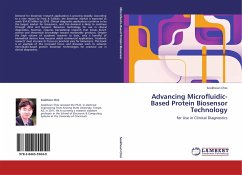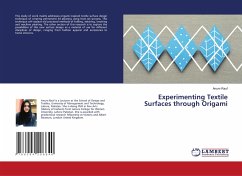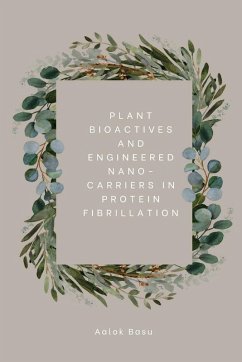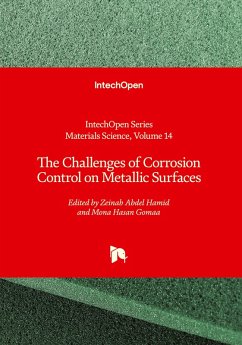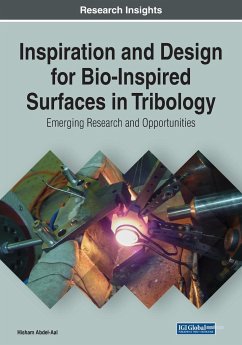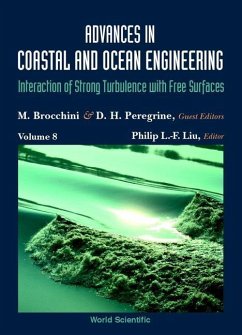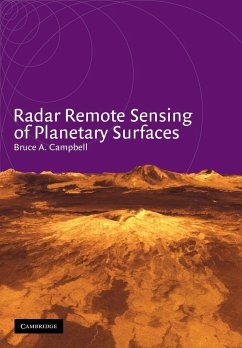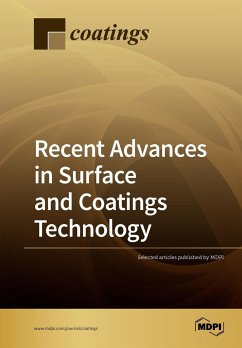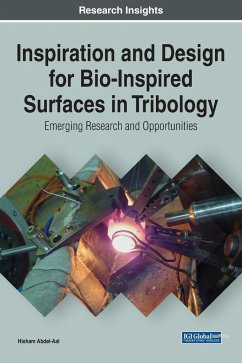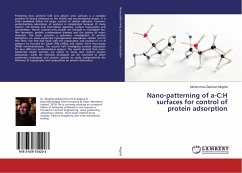
Nano-patterning of a-C:H surfaces for control of protein adsorption
Versandkostenfrei!
Versandfertig in 6-10 Tagen
47,99 €
inkl. MwSt.

PAYBACK Punkte
24 °P sammeln!
Predicting how proteins fold and adsorb onto surfaces is a complex problem of strong relevance to the health and environmental sectors. It is often examined within the larger context of cellular adhesion, however, understanding adsorption of proteins is complicated because of many factors: cell sensing and intercellular signaling, surface topography and cytoskeleton. Hence, proteins-only studies are valuable to investigate bio-film formation, protein condensation diseases and the toxicity of nano-materials. This book presents a systematic investigation of protein adsorption on nano-patterned h...
Predicting how proteins fold and adsorb onto surfaces is a complex problem of strong relevance to the health and environmental sectors. It is often examined within the larger context of cellular adhesion, however, understanding adsorption of proteins is complicated because of many factors: cell sensing and intercellular signaling, surface topography and cytoskeleton. Hence, proteins-only studies are valuable to investigate bio-film formation, protein condensation diseases and the toxicity of nano-materials. This book presents a systematic investigation of protein adsorption on nano-patterned hydrogenated amorphous carbon (a-C:H) thin films. The first half deals with the preparation and analysis of a-C:H patterns by focused ion beam (FIB) milling and atomic force microscopy (AFM) nanoindentation. The second half investigates protein adsorption for four different protein/solvent systems. The results showed that nano-patterned model surfaces are useful to study and control protein adsorption, while the methods developed can be extended to other patterning techniques and protein systems to study independently the influence of topography and composition on protein adsorption.



